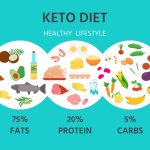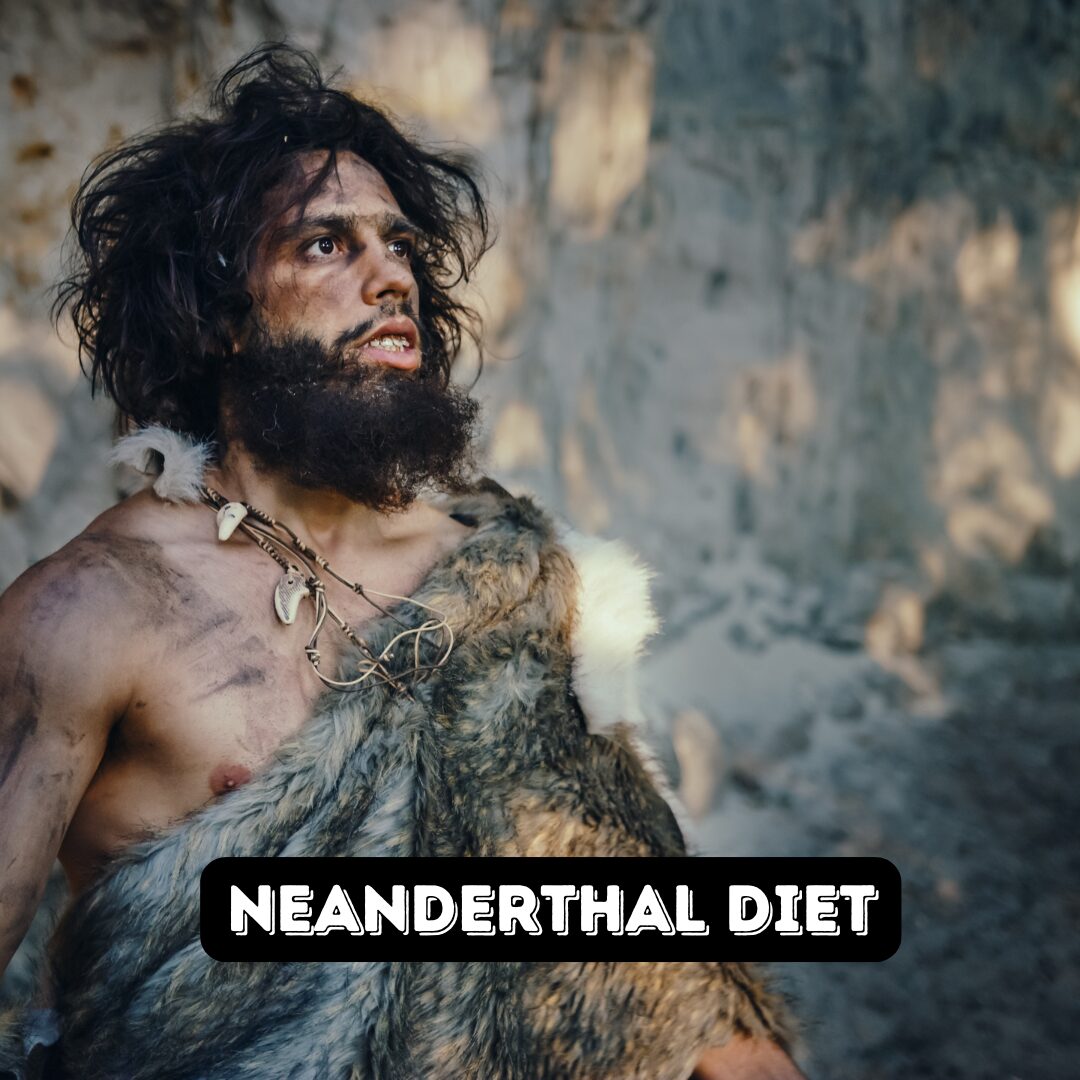The Neanderthal diet has become a topic of fascination for researchers and health enthusiasts alike. These ancient humans, who lived from approximately 400,000 to 40,000 years ago, had a diet that was closely linked to their environment and way of life. By studying their dietary patterns, we can gain insights into their health, lifestyle, and even how some of these dietary habits might benefit us today. In this comprehensive blog post, we will explore the Neanderthal diet in detail, including what it comprised, how it was adapted to their environment, and what modern people can learn from it. We will also address frequently asked questions to provide a clearer understanding of this fascinating subject.
The Neanderthal Diet: An Overview
1. The Basics of the Neanderthal Diet
The Neanderthal diet was predominantly composed of foods that were readily available in their environment. Being a hunter-gatherer species, their diet varied significantly based on location and season. Research suggests that their diet was highly carnivorous, but it also included a variety of plant-based foods. The key components of the Neanderthal diet included:
- Meat and Animal Products: Neanderthals were skilled hunters, and a significant portion of their diet consisted of meat from large game animals such as mammoths, woolly rhinoceroses, and deer. They also consumed smaller animals like rabbits and birds, as well as fish and marine mammals when accessible.
- Plants and Vegetation: Although less understood, evidence suggests that Neanderthals also foraged for various plant-based foods. This included fruits, nuts, seeds, tubers, and roots. Recent discoveries indicate that they may have used plants for medicinal purposes as well.
- Bone Marrow and Organs: Neanderthals consumed bone marrow and organ meats, which are rich in nutrients and calories. This practice likely provided them with essential vitamins and minerals that were crucial for their survival.
- Seasonal Variations: The Neanderthal diet was not static; it adapted to seasonal changes and geographical availability. During colder months, their diet was more heavily reliant on stored or preserved animal products, while warmer months brought a greater variety of fresh plant foods.
2. Nutritional Analysis of the Neanderthal Diet
To understand the Neanderthal diet, it’s important to analyze its nutritional components:
- Protein: The Neanderthal diet was extremely high in protein due to their consumption of meat and animal products. This protein intake was essential for muscle maintenance and overall energy.
- Fats: With a diet rich in animal products, Neanderthals consumed a significant amount of fats, including both saturated and unsaturated fats. These fats were crucial for energy, particularly in colder climates where maintaining body heat was important.
- Vitamins and Minerals: The inclusion of organs and bone marrow in their diet provided Neanderthals with a wide range of essential vitamins and minerals, including iron, calcium, and vitamin B12. Plant-based foods contributed additional vitamins and antioxidants.
- Carbohydrates: While the Neanderthal diet was low in carbohydrates compared to modern diets, they still consumed some plant-based carbohydrates from fruits, seeds, and tubers. This provided them with necessary energy sources.
3. Evidence Supporting the Neanderthal Diet
Several lines of evidence support our understanding of the Neanderthal diet:
- Archaeological Findings: Tools, bones, and animal remains found at Neanderthal sites reveal their hunting practices and dietary preferences. Cut marks on bones and the presence of specific animal species in archaeological layers provide insight into their diet.
- Isotopic Analysis: Isotopic studies of Neanderthal bones and teeth reveal information about their diet and nutritional intake. For example, carbon and nitrogen isotope ratios can indicate the types of plants and animals consumed.
- Dental Analysis: The wear patterns and microscopic analysis of Neanderthal teeth help determine their diet. Dental calculus and plaque can reveal traces of plant material and other dietary elements.
- Genetic Studies: Genetic analysis of Neanderthal remains has provided insights into their metabolism and dietary adaptations. For instance, genetic markers related to fat metabolism and digestion offer clues about their dietary habits.
4. Lessons from the Neanderthal Diet for Modern Nutrition
While the Neanderthal diet was adapted to their unique environment and lifestyle, there are several lessons that modern people can learn from it:
- Balanced Nutrients: Incorporating a balance of protein, fats, and carbohydrates, similar to the Neanderthal diet, can support overall health. Including a variety of nutrient-dense foods, such as lean meats, healthy fats, and plant-based carbohydrates, can enhance well-being.
- Seasonal Eating: Just as Neanderthals adapted their diet to seasonal changes, modern individuals can benefit from eating seasonally. This approach can lead to a more diverse and nutrient-rich diet, as well as support local agriculture.
- Whole Foods: Emphasizing whole, unprocessed foods, as the Neanderthals did, can contribute to better health. This includes consuming a variety of fresh fruits, vegetables, and lean proteins, and minimizing processed foods.
- Mindful Consumption: The Neanderthal practice of utilizing all parts of the animal, including organ meats and bone marrow, highlights the value of minimizing food waste and making the most of available resources.
FAQs About the Neanderthal Diet
1. What did Neanderthals eat on a daily basis?
Neanderthals primarily ate meat from large game animals, small mammals, and fish, depending on their environment and season. They also foraged for plant-based foods, including fruits, nuts, seeds, and tubers. Their diet was highly variable and adapted to their surroundings.
2. How does the Neanderthal diet compare to modern diets?
The Neanderthal diet was high in protein and fat, with lower carbohydrate intake compared to many modern diets. It was largely based on whole foods and was adapted to seasonal availability. Modern diets can benefit from incorporating similar principles, such as eating a variety of whole foods and adjusting dietary intake based on seasonal availability.
3. Did Neanderthals have any specific dietary restrictions or practices?
There is no evidence to suggest that Neanderthals had specific dietary restrictions. However, their diet was influenced by their environment and available resources. They practiced a form of seasonal eating and utilized various food sources, including less commonly consumed parts of animals.
4. What nutritional benefits did the Neanderthal diet provide?
The Neanderthal diet provided high levels of protein and essential fats, which were crucial for energy and muscle maintenance. The inclusion of organ meats and bone marrow offered important vitamins and minerals, while plant-based foods contributed additional nutrients and antioxidants.
5. Can modern people adopt elements of the Neanderthal diet for better health?
Yes, modern people can adopt elements of the Neanderthal diet, such as focusing on whole foods, incorporating a variety of proteins and fats, and eating seasonally. Emphasizing nutrient-dense foods and reducing processed foods can enhance overall health and well-being.
6. How can I incorporate Neanderthal-inspired eating into my diet?
To incorporate Neanderthal-inspired eating, consider adding more lean meats, healthy fats, and a variety of plant-based foods to your diet. Experiment with seasonal fruits and vegetables, and use whole foods in your meals. Reducing reliance on processed foods and making use of all parts of the animal can also align with these principles.
7. Is there any scientific evidence that suggests the Neanderthal diet was particularly beneficial for health?
Scientific evidence indicates that the Neanderthal diet was well-adapted to their environment and provided essential nutrients for survival. While direct evidence of health benefits is limited, their dietary practices suggest a well-rounded and nutritionally adequate diet that supported their robust physical health.
Conclusion
The Neanderthal diet offers valuable insights into the dietary practices of our ancient relatives and how they adapted to their environment. By understanding their diet, modern individuals can learn to appreciate the benefits of a balanced and varied diet, incorporating principles such as seasonal eating, whole foods, and mindful consumption. Whether you’re looking to improve your nutritional habits or simply fascinated by ancient human diets, exploring the Neanderthal diet provides a unique perspective on how diet can influence health and well-being.












